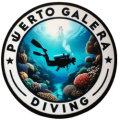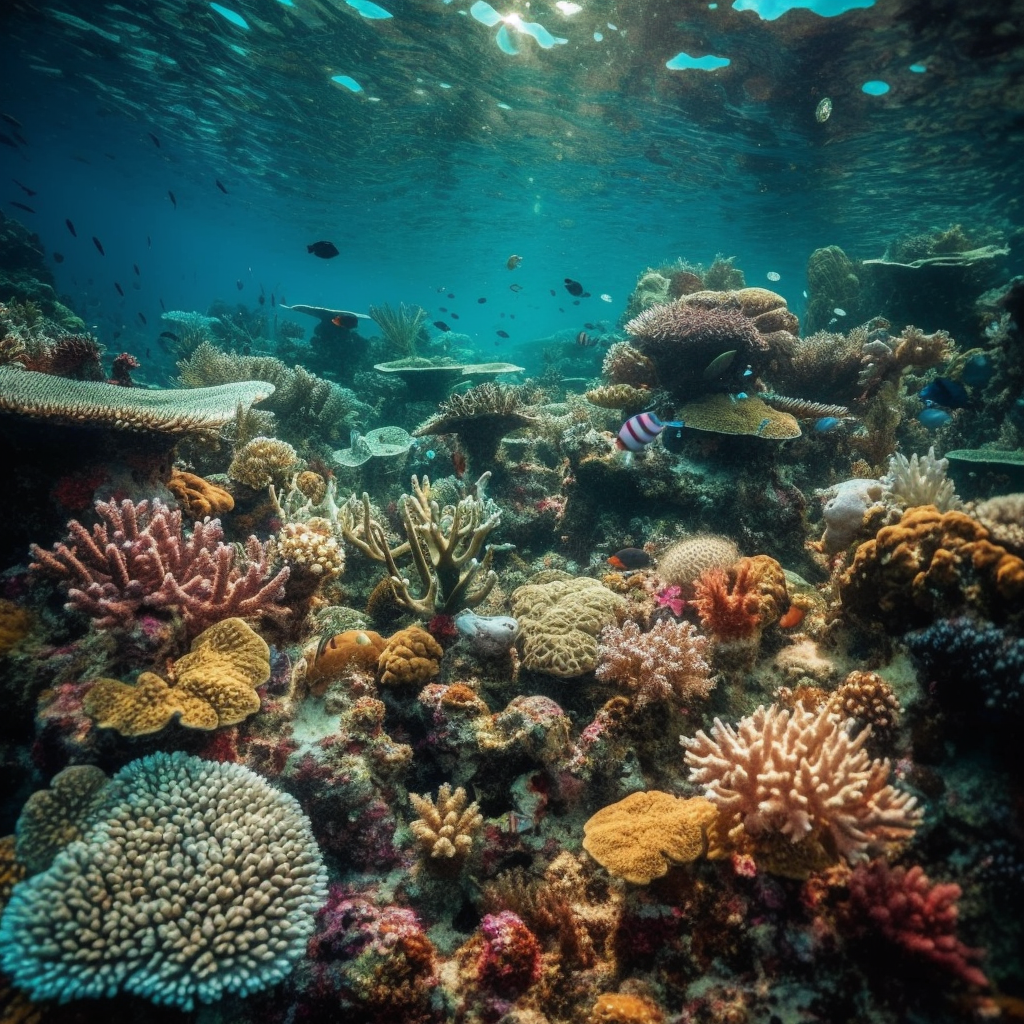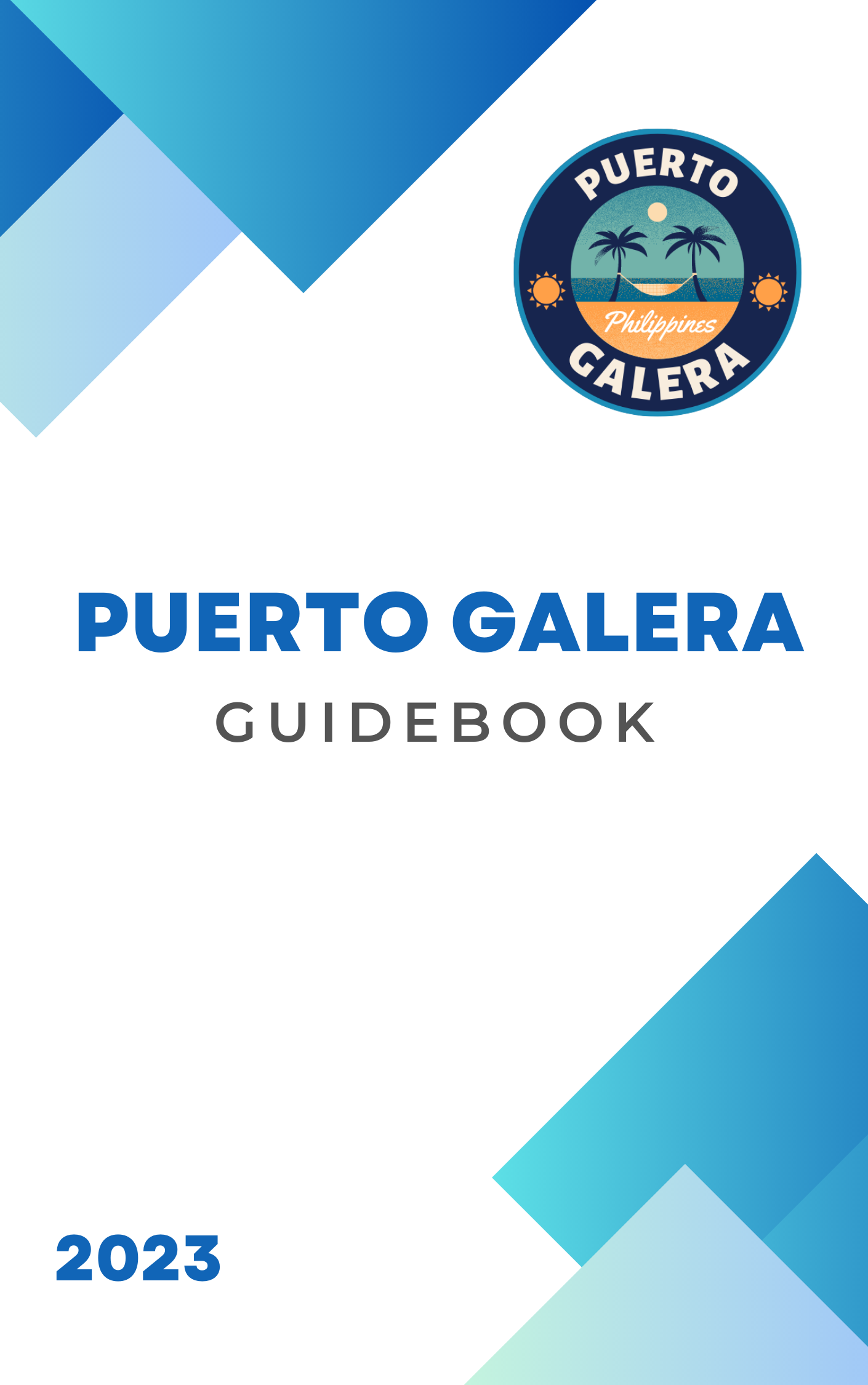Puerto Galera, a stunning destination in the Philippines, boasts a diverse and vibrant underwater world that entices scuba divers from around the globe. Known for its healthy coral reefs and an impressive array of marine life, this coastal paradise offers a unique diving experience in the heart of the Coral Triangle.
With over 40 dive sites, Puerto Galera caters to divers of all skill levels, whether a seasoned pro or a beginner. Some notable sites include the breathtaking Coral Garden, teeming with colorful coral formations and a remarkable variety of fish species, including ghost pipefishes, frogfishes, and nudibranchs. As part of the Verde Island passage, a hotspot for marine biodiversity, divers in Puerto Galera can expect to encounter an unforgettable underwater adventure.
In this comprehensive guide to scuba diving in Puerto Galera, we’ll explore the area’s rich marine landscape and provide valuable insights to help plan your next diving expedition. From practical tips to understanding the region’s unique ecological significance, this article will aid you as you embark on the ultimate underwater journey.
Puerto Galera: An Overview
Geographical Location
Puerto Galera is a small coastal town located on the northeastern coast of the island of Mindoro in the Philippines. Known for its stunning beaches, lush green mountains, and vibrant coral reefs, it has become a popular destination for travelers and scuba divers from around the world. The area is part of the Coral Triangle, a marine region known for its exceptional biodiversity and high concentration of coral species.
Marine Biodiversity
The waters surrounding Puerto Galera boast an impressive array of marine life, attracting divers with its vibrant underwater landscapes. Here, you can find more than 500 species of coral and around 1,200 species of fish. Some of the notable marine species that can be encountered in the area include nudibranchs, barracudas, moray eels, lionfish, and various species of sharks and rays.
The rich biodiversity is not limited to the water, as Puerto Galera also features lush forests and mangroves that serve as home to various bird and reptile species. This diverse ecosystem provides a one-of-a-kind experience for divers, as well as nature enthusiasts.
Diving Conditions
Puerto Galera offers a variety of diving sites catering to different skill levels and interests. With dive sites such as Kilima Steps, which feature a range of depths, divers can explore coral gardens and encounter a variety of marine life. The dive sites can be accessed through boat rides from the town’s dive resorts or dive shops.
The diving conditions in Puerto Galera are favorable for most of the year, with water temperature ranging from 25°C to 30°C (77°F – 86°F) and generally good visibility. The best time to dive in Puerto Galera is between the months of April to October, as the weather is usually dry and sunny, making for great underwater conditions. However, diving can still be enjoyable during the rest of the year, depending on current and weather conditions. It is always recommended to check with your dive center in advance to ensure a safe and enjoyable diving experience.
Diving Sites and Coral Gardens
Sabang Wreck
Sabang Wreck is a popular diving site in Puerto Galera, offering an exciting experience for scuba divers. The wreckage lies at a depth of around 18 meters and is home to a variety of marine life, including lionfish, scorpionfish, and anemonefish. The relatively shallow depth and minimal current make it suitable even for novice divers.
Canyons
The Canyons offer a thrilling dive for more experienced divers. With a maximum depth of 30 meters and strong currents, it challenges even the most skilled divers. The reef is adorned with large gorgonians and pink soft corals, attracting an abundance of fish life. This dive site is not recommended for beginners due to its depth and currents.
Hole in the Wall
Hole in the Wall is another well-known dive site in Puerto Galera, named after the narrow passage that divers must navigate through. The passage leads to a beautiful garden-like formation of corals and a variety of marine life. The dive can be done at a depth of 12 to 20 meters, making it suitable for divers with various skill sets.
Alma Jane Wreck
The Alma Jane Wreck is an artificial reef created in 2003 when a cargo vessel was deliberately sunk. This 30-meter-long wreck now stands as a haven for numerous marine species and offers divers an opportunity to explore its fascinating structure. The Alma Jane Wreck sits at a depth of 30 meters and features both soft and hard corals, attracting various species of fish and invertebrates.
Coral Gardens
Named after its abundant coral formations, Coral Gardens is a wonderful dive site in Puerto Galera ideal for night diving and macro underwater photography. At a depth of 5 to 15 meters, the reef is bustling with marine life, including nudibranchs, frogfishes, and ghost pipefishes. The shallow nature of Coral Gardens makes it accessible to divers and snorkelers of all levels.
In conclusion, Puerto Galera is an exceptional diving destination with diverse dive sites and breathtaking coral gardens. From beginner-friendly to advanced dives, this location offers something for everyone who appreciates the underwater world.
Scuba Diving Certification and Courses
Whether you are a beginner or an experienced diver, taking scuba diving certification courses will help you explore the underwater beauty of Puerto Galera. These courses provide proper training, enhance safety, and ensure enjoyable experiences. This section will discuss three popular PADI certifications: Basic Open Water, Advanced Open Water, and Rescue Diver.
Basic Open Water
The Basic Open Water course is perfect for beginners looking to start their scuba diving journey. It covers essential diving skills, safety procedures, and equipment handling. The course includes:
- Knowledge Development (online or in-person)
- Confined Water Dives to practice skills
- Open Water Dives to explore the ocean
To earn the Basic Open Water certification, divers must pass a written examination and demonstrate proficiency during open water dives. This certification enables divers to dive up to 18 meters (60 feet) depth independently with a certified buddy.
Advanced Open Water
For those who have already received their Basic Open Water certification, the Advanced Open Water course is the next step. This course helps divers enhance their skills, broaden their dive experiences, and extend their diving limits. The course involves:
- Five Adventure Dives, including a mandatory Deep Dive and Underwater Navigation Dive
- Optional Adventure Dives such as Night Dive, Drift Dive, or Underwater Photography
Upon completion of the course, divers receive Advanced Open Water certification, which allows them to dive up to 30 meters (100 feet) depth. This course does not require a written exam but instead focuses on gaining practical experience.
Rescue Diver
The Rescue Diver course is designed for confident and experienced divers who want to improve their ability to handle emergencies and assist others. This course focuses on:
- Self-rescue techniques
- Recognizing and managing stress in other divers
- Rescue and emergency management techniques
To participate in the Rescue Diver course, divers must hold an Advanced Open Water certification and complete a CPR/First Aid course within the last 24 months. The Rescue Diver course involves both theoretical and practical assessments, culminating in a final rescue simulation scenario.
Overall, obtaining scuba diving certifications and participating in courses prepares divers to safely and confidently explore the breathtaking coral gardens of Puerto Galera. Each certification level builds upon the previous one, cultivating a well-rounded and responsible scuba diver.
Preparing for Your Dive
Gears and Equipment
Before diving into the coral gardens of Puerto Galera, it is essential to have proper gears and equipment. Here is a list of essential items:
- Wetsuit or dive skin: A comfortable suit to keep you warm and protect against minor cuts and scrapes.
- Diving mask: Choose a high-quality mask that fits comfortably and provides clear, undistorted vision.
- Fins: Select comfortable fins that provide appropriate propulsion and require minimal effort.
- Regulator and buoyancy control device (BCD): These are crucial for controlling air supply and buoyancy during your dive.
- Dive computer and gauges: These help monitor depth, time, air supply, and other essential information.
Make sure to rent or purchase these items from reputable sources and maintain them properly to ensure optimal performance and safety underwater.
Physical Fitness
Scuba diving in Puerto Galera’s coral gardens can be an exhilarating experience. However, it is crucial to ensure that you are physically fit before undertaking this adventure. Follow these tips to prepare yourself effectively:
- Undertake regular cardiovascular exercises, such as running or swimming, to improve endurance.
- Strengthen core muscles with exercises like planking and sit-ups, as these muscles play a significant role in maintaining good posture and efficient movement underwater.
- Practice yoga or pilates for flexibility, balance, and control.
- Consult your physician for a complete medical examination, especially if you have pre-existing health conditions or concerns.
Safety Precautions
To ensure a safe diving experience in Puerto Galera’s coral gardens, adhere to the following guidelines:
- Dive within your limits: Know your skill level and follow recommended practices for depth, duration, and conditions. Enroll in a Coral Reef Conservation course to gain a better understanding of coral reef ecosystems and diving techniques.
- Dive with a buddy: Always dive with a partner to watch out for each other and provide assistance in case of emergencies.
- Check weather and sea conditions: Prioritize safety over adventure and postpone your dive if conditions are unfavorable.
- Respect marine life: Observe, don’t touch. Avoid touching or disturbing the coral and marine creatures to help preserve their habitats.
By following these guidelines, you are well-prepared for an unforgettable scuba diving experience in the enchanting coral gardens of Puerto Galera.
Diving with an Eco-Friendly Mindset
Sustainable Practices
When diving in Puerto Galera, it is essential to follow sustainable practices to minimize your impact on the delicate coral reef ecosystems. One of the best ways to do this is by practicing good buoyancy control. This ensures that you avoid accidentally touching or damaging fragile coral structures. It is also a good idea to use reef-safe sunscreen as conventional sunscreens can harm marine life.
In addition, eco-friendly divers should be mindful of their equipment and avoid stir up sediments or allowing it to come into contact with the corals. When underwater, be sure to refrain from feeding or touching marine creatures. This not only protects you from potential harm, but it also helps maintain the natural balance of the ecosystem.
Supporting Local Marine Conservation
Another critical aspect of diving with an eco-friendly mindset in Puerto Galera is actively supporting local marine conservation efforts. A fantastic way to do this is by choosing to dive with tour operators and dive centers that prioritize sustainable practices and work closely with marine conservation organizations.
For example, the Raja Ampat Marine Protected Area is a network of marine sanctuaries in Indonesia that sets strict guidelines to ensure the health and longevity of the coral reefs. By diving in areas like these and supporting such initiatives, you contribute to the conservation of these valuable ecosystems.
Another way to contribute to local conservation efforts is by participating in beach clean-up events, reporting sightings of illegal fishing or coral damage, and spreading awareness about the importance of preserving the ocean’s biodiversity. This kind of involvement can make a significant difference in the long-term health and protection of the marine ecosystems in Puerto Galera.



